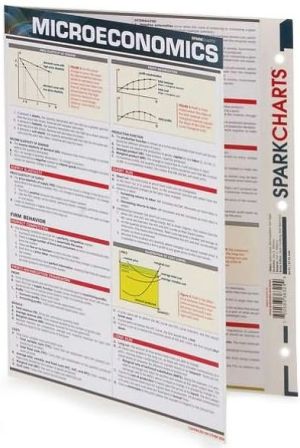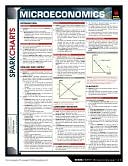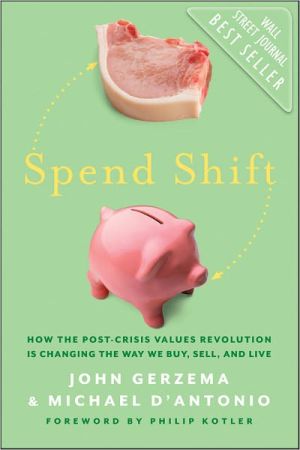Islands of Profit in a Sea of Red Ink: Why 40% of Your Business Is Unprofitable and How to Fix It
Top companies around the world turn to MIT's Jonathan Byrnes to figure out where the profit is. Using his systematic process for analyzing profitability, they can quickly determine which parts of the business are worth expanding and which are just a drain on resources. Then, using Byrnes's "profit levers," they can turn unprofitable business into good business and good business into great business.\ We now live in the Age of Precision Markets, yet most of the management processes taught in...
Search in google:
How to quickly and effectively reorganize your business around its most profitable elements. Top companies around the world turn to Jonathan Byrnes to figure out where the profit is. He can show them which parts of their businesses are worth expanding, and which are just a drain on resources. Most astonishing, he has found that roughly forty percent of any new client's business is unprofitable, and that profit increases of thirty percent or more are within reach. Byrnes reveals an uncomfortable truth: It's possible, even easy, to have everyone in your company meet their sales targets, and still lose money. He explains how to rethink your business for maximum profit. He also destroys harmful myths such as: • Revenues are good, costs are bad • All customers should get the same great service • If everyone does his or her job well, the company will prosper Every company has enormous potential waiting to be unleashed; this book offers precise thinking and strategies to help every manager reach that potential. Publishers Weekly The claim made by the author, a Senior Lecturer at MIT, wasn't gleaned from a study; rather, it comes from his own experience as a consultant, and the examples and suggestions in his first book are aimed squarely at managers. Byrnes finds unprofitability almost everywhere--in accounts, order lines, vendors, sales channels, and products and blames corporations for focusing insufficient resources on the bottom line. Drawing from a monthly column he wrote for a Harvard Business School e-newsletter in the early 2000s, Byrnes offers managers tips on reestablishing a healthy profit, such as creating a profitability database, modeling a customer, creating an action plan, and institutionalizing profit mapping. Thirty-six chapters arranged in four sections (thinking, selling, operating, leading), and dozens of boxed "things to think about" and "lessons for managers" cover profit from the supply chain to the customer. While many of the best-known companies Byrnes references have a whiff of old news about them (Walmart, Dell, GE), case studies of lesser-knowns like Nalco Chemical and SKF Bearings may offer the dedicated reader more to take away. (Oct.)
\ Publishers WeeklyThe claim made by the author, a Senior Lecturer at MIT, wasn't gleaned from a study; rather, it comes from his own experience as a consultant, and the examples and suggestions in his first book are aimed squarely at managers. Byrnes finds unprofitability almost everywhere--in accounts, order lines, vendors, sales channels, and products–and blames corporations for focusing insufficient resources on the bottom line. Drawing from a monthly column he wrote for a Harvard Business School e-newsletter in the early 2000s, Byrnes offers managers tips on reestablishing a healthy profit, such as creating a profitability database, modeling a customer, creating an action plan, and institutionalizing profit mapping. Thirty-six chapters arranged in four sections (thinking, selling, operating, leading), and dozens of boxed "things to think about" and "lessons for managers" cover profit from the supply chain to the customer. While many of the best-known companies Byrnes references have a whiff of old news about them (Walmart, Dell, GE), case studies of lesser-knowns like Nalco Chemical and SKF Bearings may offer the dedicated reader more to take away. (Oct.)\ \








